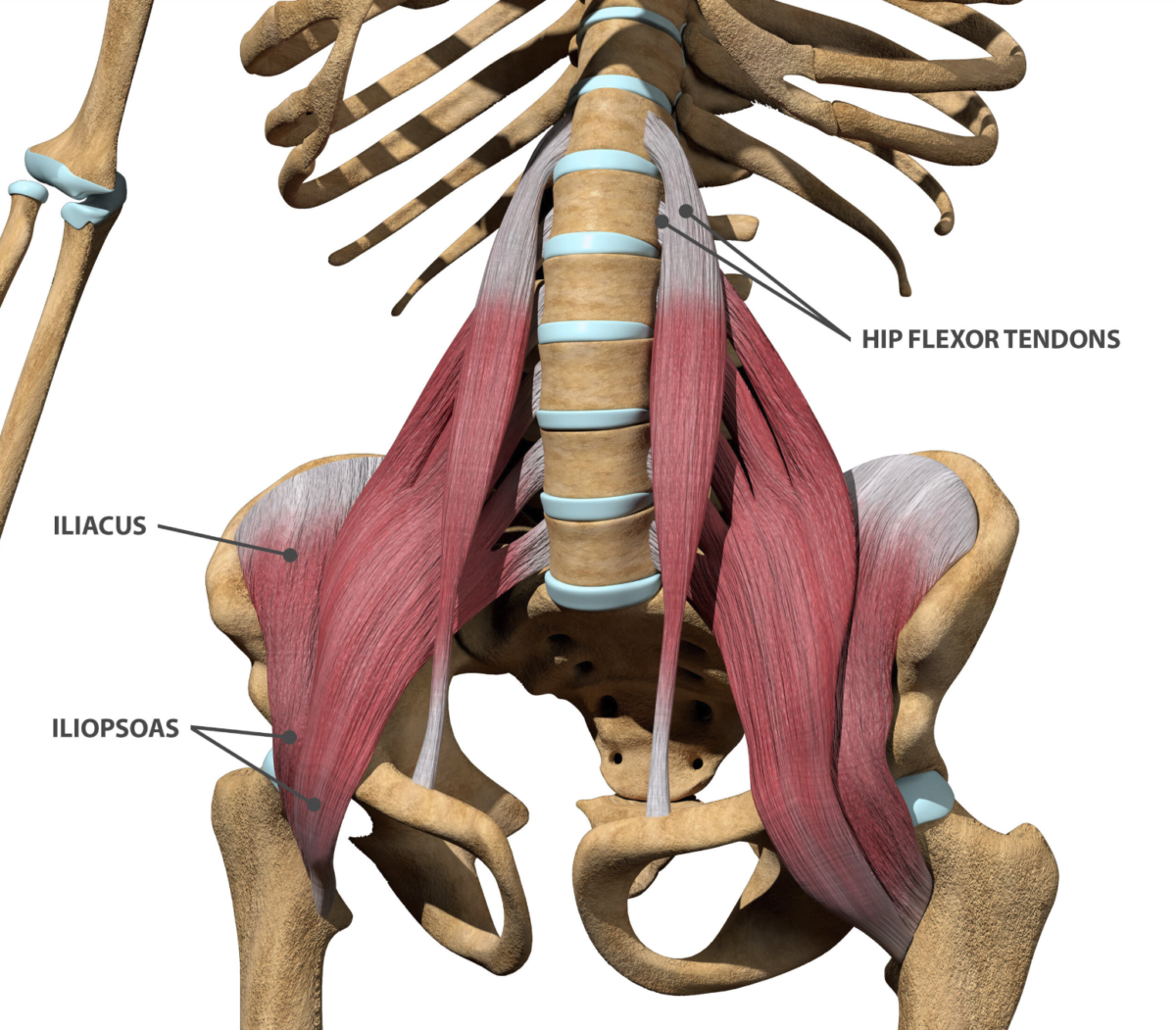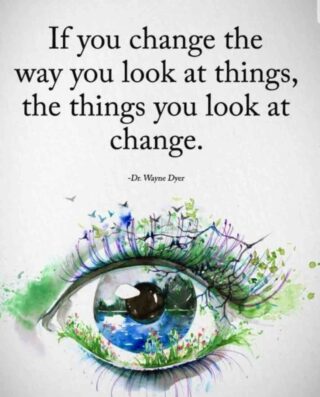Nestled deep within the core of our bodies lies a powerful yet enigmatic muscle – the psoas. Often overlooked and misunderstood, the psoas muscle plays a pivotal role in movement, breathing, and emotional well-being. Its intricate connections to the fascia, diaphragm, and even our emotional state underscore its significance in maintaining overall health and vitality. In this article, we delve into the multifaceted nature of the psoas muscle, exploring its influence on various aspects of our physical and emotional existence, and offering insights into how we can work towards releasing its tension for improved well-being.
Understanding the Psoas Muscle: The psoas muscle, comprising the psoas major and the iliacus, is one of the primary hip flexors responsible for lifting the legs towards the torso. However, its functions extend far beyond mere movement of the lower body. Emerging research suggests that the psoas muscle is deeply interconnected with the fascial network, a complex web of connective tissue that permeates throughout the body, providing structural support and transmitting mechanical forces.
Liz Koch, in her seminal work “The Psoas Book” and “The Psoas: Integrating Your Inner Core,” emphasizes the pivotal role of the psoas in maintaining structural integrity and facilitating functional movement. She elucidates how the psoas muscle acts as a bridge between the lower body and the spine, serving as a stabilizer during dynamic activities such as walking, running, and even sitting.
The Psoas and Breathing: Moreover, the psoas muscle shares a profound relationship with the diaphragm, the primary muscle of respiration. As we breathe, the diaphragm descends, allowing the lungs to expand and take in air. Concurrently, the psoas muscle lengthens and releases tension, enabling the diaphragm to move freely within the abdominal cavity. Conversely, a chronically tight psoas can restrict the movement of the diaphragm, impeding optimal breathing patterns and leading to shallow, inefficient respiration.
Emotional Connections: Beyond its mechanical functions, the psoas muscle is intricately linked to our emotional well-being. According to Koch and other somatic practitioners, the psoas is often referred to as the “muscle of the soul” due to its role in storing and expressing emotions. In times of stress or trauma, the psoas contracts, signalling a state of fight-or-flight response. Chronic stress or unresolved emotional tension can result in sustained contraction of the psoas, leading to muscular imbalances, pain, and discomfort.
Tight Psoas and Back Pain: One of the most common manifestations of a tight psoas muscle is back pain. When the psoas remains in a chronically shortened state, it can pull on the lumbar spine, causing compression, misalignment, and eventual discomfort. Furthermore, the interconnectedness of the psoas with surrounding muscles and fascia can exacerbate the problem, creating a cascade of tension throughout the body.
Releasing the Psoas: Fortunately, there are various approaches to releasing tension in the psoas muscle and restoring balance to the body. The Alexander Technique, developed by F. Matthias Alexander, offers a holistic approach to improving posture, movement, and overall well-being. By cultivating awareness of habitual movement patterns and learning to release unnecessary tension, individuals can alleviate strain on the psoas and promote greater ease and fluidity in their everyday activities.
In addition to somatic practices such as the Alexander Technique, targeted stretching, massage therapy, and mindful movement practices like yoga and Pilates can also help release tension in the psoas muscle. By incorporating these modalities into our wellness routines, we can foster greater mobility, alleviate pain, and enhance our overall quality of life.
Releasing Your Psoas with Constructive Rest
Constructive rest is a gentle and effective way to target your psoas muscle, a deep hip flexor that can become tight from prolonged sitting or certain activities. Here’s how to practice it:
What you’ll need:
-
A yoga mat or comfortable surface
Instructions:
-
Lie on your back on the mat with your knees bent and feet flat on the floor. Your heels should be hip-width apart and about 12-16 inches away from your buttocks.
-
Relax your arms by your sides with palms facing down or up, whichever feels more comfortable.
-
Notice your natural spinal curve. Don’t force your lower back to flatten against the mat.
-
Close your eyes and focus on your breath. Breathe deeply and slowly, feeling your belly rise and fall with each inhale and exhale.
-
As you breathe, become aware of any tension in your body. Let go of any unnecessary tightness, particularly in your hips and lower back.
-
Stay in this position for 5-15 minutes, allowing your body to completely unwind.
Tips:
-
If keeping your feet flat on the floor is uncomfortable, elevate your calves on a chair or bolster.
-
You may experience some initial discomfort as your psoas loosens. This is normal. Breathe through it and avoid pushing yourself.
-
Aim to practice constructive rest daily for optimal results.
Remember:
-
Listen to your body. If you experience any pain, come out of the position.
-
If you have any concerns about your psoas or have a history of back pain, consult a healthcare professional before trying this practice.






